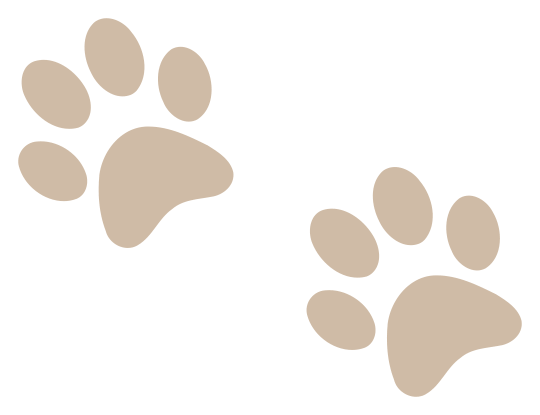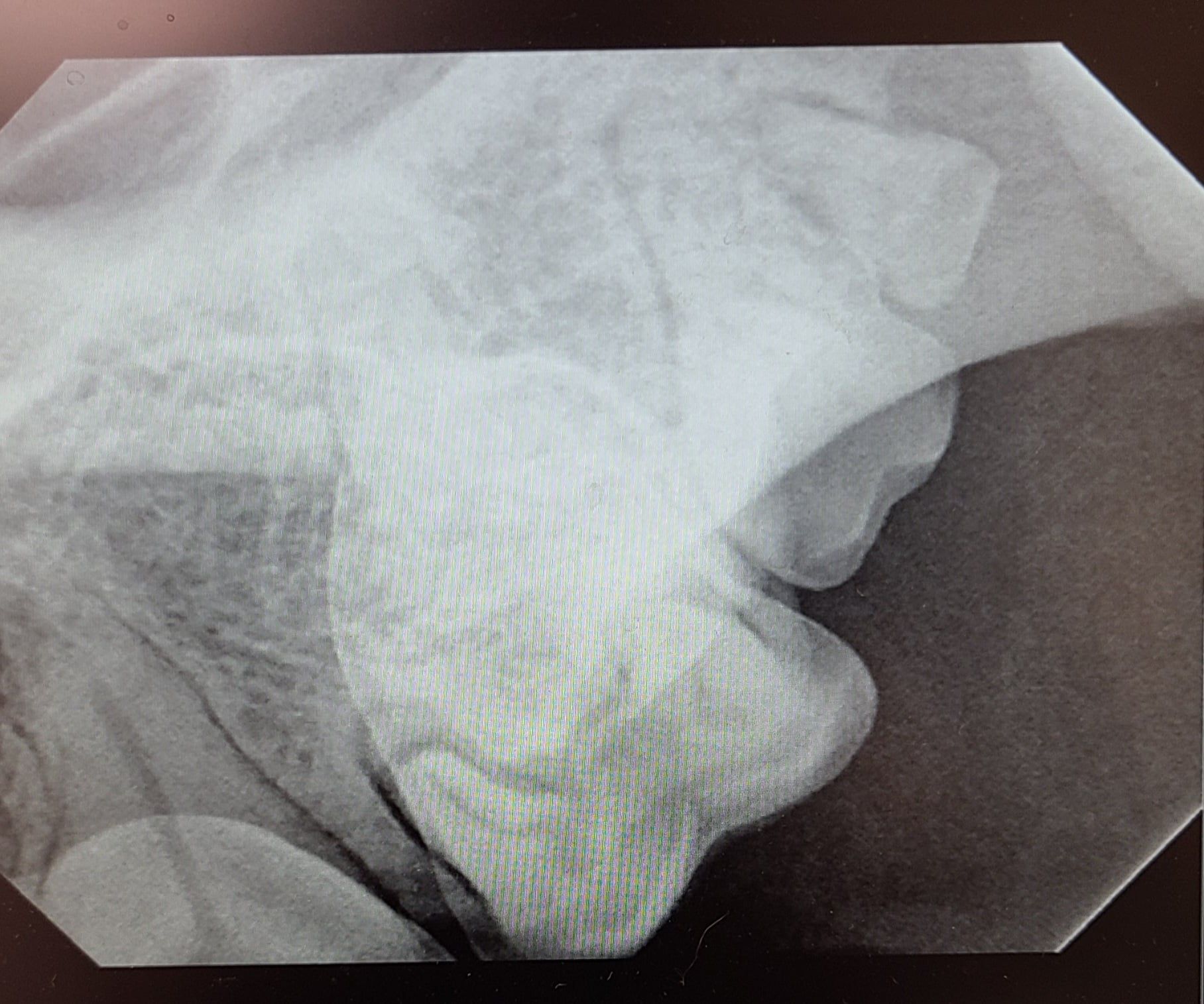Compassion
Pet Dental Cleanings
For routine dental care, we recommend annual dental exams and cleanings as needed.


According to the American Veterinary Dental Society, 70% of adult cats and 80% of adult dogs show symptoms of oral disease by the age of 3 years. Exceptionally bad breath, a brownish plaque at the base of the teeth, excessive drooling, sore or bleeding gums when eating or chewing, and decreased appetite can all be signs that a pet’s teeth require attention.
For routine dental care, we recommend annual dental exams and cleanings as needed. These exams are ideal for assessing your pet’s overall dental and oral health; with these exams (which can include X-rays), we take a comprehensive look at your pet’s teeth and gums to look for signs of cavities, gum disease, and other problems that need to be addressed. From there, we can make recommendations for further treatment that may include additional cleanings, antibiotic fillings, extractions, and sealants. We can perform most dental treatments right here in our office and are done under sedation or anesthesia to ensure that your pet is as comfortable as possible. If needed, we will also perform any pre-treatment blood work, which can help us determine that anesthesia is safe for your pet.

Periodontal disease is the most common illness in dogs and cats over three years of age. Bacteria in dental plaque irritate the gum tissue, leading to infection and loss of bone surrounding the teeth.
“Bad breath” is the first sign owners often notice at home. Inflamed gums are painful, but some cats and dogs will not show dental pain. Meanwhile, bacteria below the gum line can enter the bloodstream, and studies have proven that pets with severe periodontal disease sustain microscopic damage to the kidneys, liver, and heart tissue.
Prevention is the key to managing periodontal disease; daily oral hygiene at home is combined with periodic professional cleaning. When necessary, extraction of diseased teeth will keep your cat or dog’s mouth clean and healthy.
At My Vet Animal Clinic, we offer dental care for your pet. Teeth are ultrasonically scaled both above and below the gum line, followed by polishing. The goal is to protect and save healthy teeth, and when necessary, remove diseased, painful teeth. In cats, tooth resorption causes painful teeth that must be extracted for comfort. Most cats and dogs are eating within 24 hours and will eat even dry food following multiple dental extractions.

